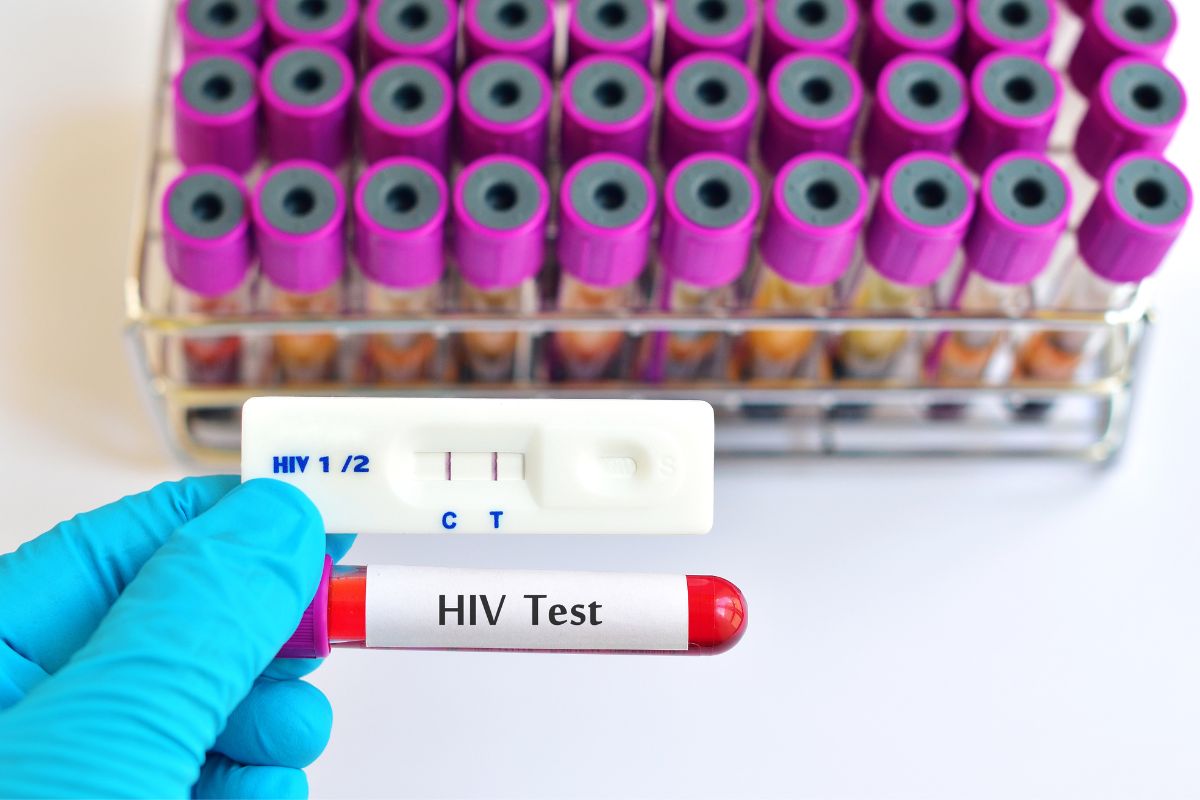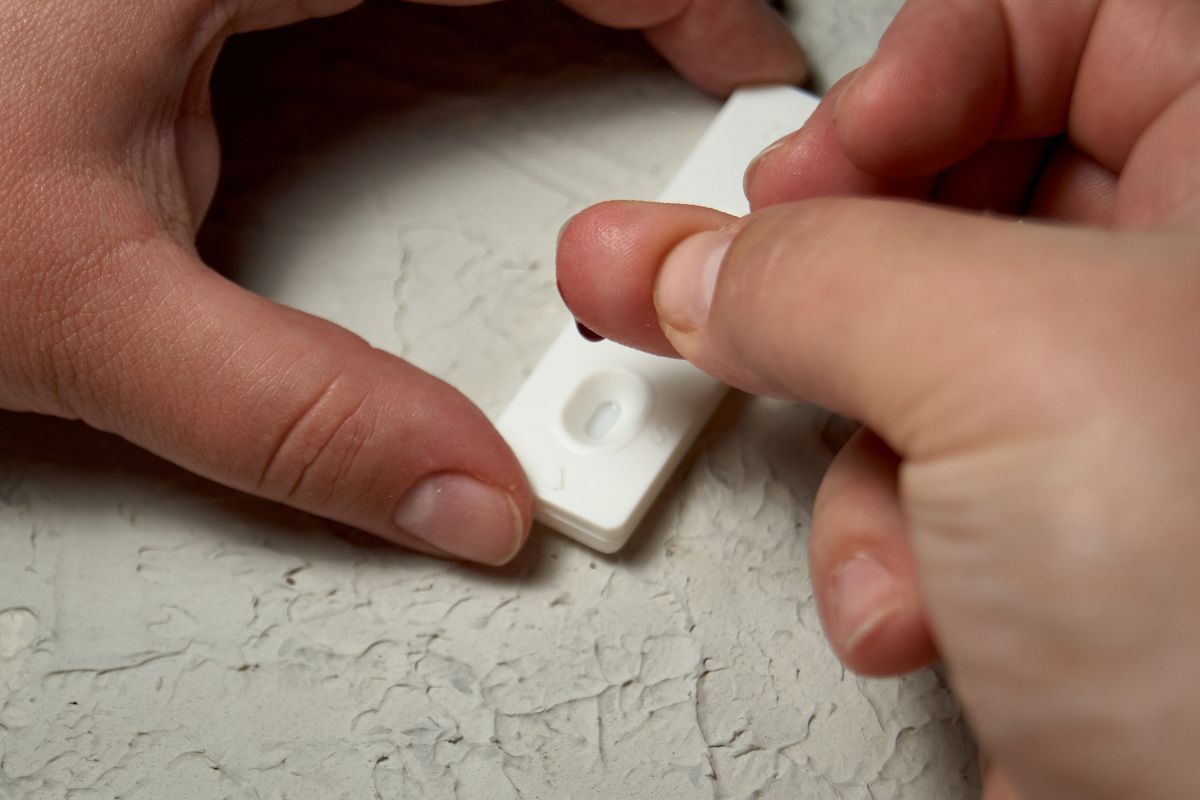If you think you have HIV the best thing you can do for your health and peace of mind is to get tested as soon as possible.
Luckily there are a multitude of different ways and methods of getting tested that make it so you can make the test as comfortable as possible based on your circumstances.

You can get tested at a doctor’s office, at a sexual health clinic, on test sites, or you can even order a self-test kit.
These different methods of testing have varying effectiveness and varying amounts of time it takes for the results to get back so we will go through this in this guide.
If you are sexually active, it is recommended that you get tested for HIV at least annually.
HIV is a virus that will destroy cells in the immune system which are supposed to protect your body from the harmful effects of other viruses as well as bacteria, germs, infections and diseases.
At this point in time there is no cure for HIV, but the symptoms can be managed and a close to average lifespan is now expected.
Getting tested for HIV is the only way to know that you have this condition so we will go through the best ways to get the results you want to know.
Different Types Of HIV Tests
Currently, there are three accessible types of tests for HIV that someone can use, these being; NATs (Nucleic acid tests), HIV antibody tests, and antigen/antibody tests.
For these tests, they usually sample and screen an oral fluid, blood, and occasionally urine.
NATs (Nucleic Acid Tests)
A NAT test or HIV will be looking for the presence of HIV in your bloodstream.
This is usually done by a professional who will take a sample of blood from one of your veins.
This test reads and measures the amount of the virus that is inside the blood, which is referred to by medical experts as a viral load.
This type of test is the quickest type of HIV test and will be able to tell you if you have HIV before other ones.
But because of this they are the most expensive so are one of the rarer types of tests that takes place.
The most common time you will see this type of test taking place is if a patient has been recently experiences high-risk exposure to HIV as well as potentially showing signs of symptoms of the condition.
Antigen/Antibody Test
This is a test that aims to identify HIV antibodies and antigens. HIV will produce a type of antigen that is known as p24 and this can be identified by blood tests which can be seen before antibodies of the virus itself develop.
Someone’s immune system is capable of making antibodies if they have been exposed to HIV or a virus that is similar to it.
This type of test is one of the most common within the US and this test is usually done by professionals in a lab.
This test is carried out by the professional who will take blood from your veins. However, there is also a rapid version of this test that can be done by a healthcare professional by pricking a finger.
The HIV Antibody Test
As the name suggests this test will identify HIV antibodies that are either in the blood stream or in oral fluids.
A test like this will usually be able to identify HIV faster if the blood is from a vein rather than from a finger prick.
Most rapid tests that allow you to self test are tests of this kind.
HIV Self Testing
Currently, there are two main types of HIV self testing options that are available being; mail-in self tests as well as rapid self-tests.
They have a few differences that will help you choose which is best for you if you decide that you want to self test.
Mail-In Self Test

These types of test require the tester to collect their blood from their fingers for it to then be lab tested after it has been sent off and after this they will receive results when the sample has been tested.
These tests are quite easy to access being easy to order from online providers and you can pick them up from many different outlets that can be found through very little research.
The main issue with these tests is that you have to be very careful that you follow the instructions very carefully to make sure that your sample does not get contaminated, or put under any circumstances where it could be misread.
If you have done the test properly and you receive a negative result you can be confident that you have not had any HIV exposure within the past few months.
But if the result comes back positive you should make sure to seek a follow-up appointment with a doctor to receive further testing.
Rapid Self Test
These tests can produce results in a very impressive 20 minutes, they can be bought online or in most well-stocked pharmacies.
Most of these tests use oral fluids as a sample so if you do not like taking blood this is a good option.
These tests are usually done by swabbing an area in the mouth like the gums to get a sample.
Like most self-tests you just have to be very confident that you are following the instructions to make sure you get correct results.
Conclusion
So as you can see from this article, there are plenty of accessible ways to find out your HIV status and depending on which tests seem the most fitting for you, you can get your results quite quickly and even from home.
If you are sexually active or think you may have been exposed to HIV, getting tested is the best thing you can do.
- Understanding Male Reproductive Health: A Complete Guide - February 2, 2025
- Simple Healthy Skin Habits for Radiant Skin - December 6, 2024
- Unlocking the Connection Between Nutrition and Mental Health - December 3, 2024








